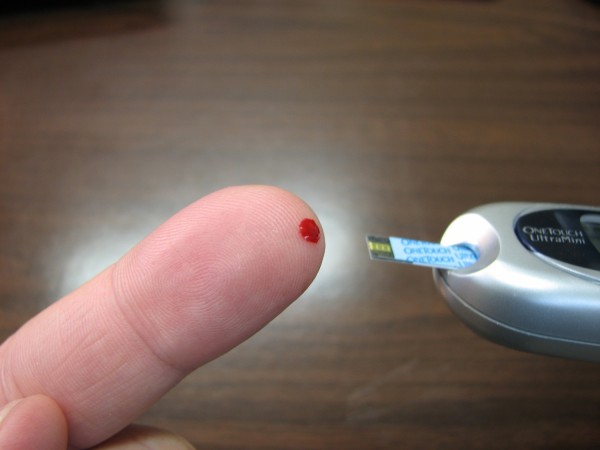Diabetic Retinopathy: What Is It and How To Avoid It

High blood sugar can trigger Diabetic Retinopathy, a complication caused by Diabetes
Eating fills us up and satisfies some of our cravings. It replenishes the used energy in our body to support us in our daily activities. According to the North American Society for Pediatric Gastroenterology Hepatology and Nutrition (NASPGHAN), the food we eat is broken down into smaller molecules or compounds in the small intestine where the absorption of the nutrients from the food takes place. That is why when we eat-our blood sugar rises, which we also must monitor. According to Medline Plus, blood sugar or glucose is carried by the blood and delivered to all the cells in the body to produce energy. Too much glucose in the blood will let you be diagnosed with diabetes.
ALSO READ: 4 Best Beverages You Can Drink If You Have Diabetes
The medication for diabetes will depend on whether you are type 1 diabetic or type 2 diabetic. According to Medicine Net, type 1 diabetes is managed with insulin and lifestyle changes, while in type 2 diabetes, non-insulin medication, insulin, and lifestyle change are done. These steps are done for diabetics to prevent them from spiking their blood sugar that can cause diabetes-related diseases such as Diabetic Retinopathy.
Mayo Clinic describes diabetic retinopathy as a complication caused by diabetes that affects the eyes. According to the American Academy of Ophthalmology, the complication happens when high blood sugar levels cause damage to the blood vessels located in the retina. They added that these blood vessels could rupture or close, stopping blood from passing through the veins that can cause abnormal blood vessel growth in the retina. According to the U.S. National Eye Institute, having a comprehensive dilated eye exam at least once a year is important for people with diabetes. The institute also stressed that diabetic retinopathy has no symptoms initially, but having it diagnosed early will help you prevent vision loss.
In a society news release, with U.S. News & World Report, Dr. Carl Awh, President of American Society of Retina Specialist (ASRS), emphasized that healthcare providers for diabetic patients should know the importance of controlling risk factors and the need for dilated retina exams to identify the complication at an early stage.
READ ALSO: Three of Simplest yet Effective Exercises to Help Manage Diabetes and Lower Glucose Levels
Symptoms
According to National Health Service (NHS), symptoms of Diabetic Retinopathy are shapes floating in the eyes (floaters), gradually worsening of vision, blurred or patchy vision, sudden vision loss, and eye pain or redness. NHS stressed that these symptoms do not necessarily mean you have the complication. However, having them checked can save your vision.
Dr. Awh stressed that many patients with sight-threatening diabetic retinopathy have excellent vision and have no symptoms. According to him, this is the ideal time for the experts to begin the treatment or medication.
How to Protect your Vision
For people with diabetes, the American Academy of Ophthalmology gave steps on how to protect your eyes or prevent having diabetic retinopathy, such as getting a comprehensive dilated eye exam, exercising to balance out the glucose by using it as energy, quit smoking because tobacco can heighten your risk od the complication, maintaining healthy blood sugar, and controlling your blood sugar by diving into diets that can help you maintain a healthy level. Diabetes can be very tricky and complicated, but once you have it, don't let complications arise because of it. Control your body to avoid Diabetic Retinopathy.
READ NEXT: Vision Loss: Diseases that Can Lead to Blindness
Check out more news and information on Eye Heath on MD News Daily.
Nov 03, 2020 07:00 AM EST





